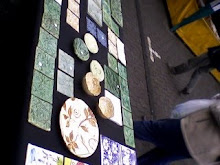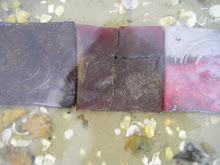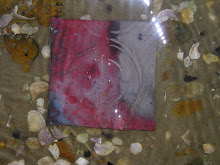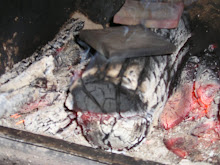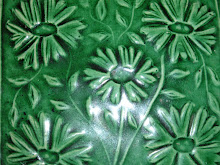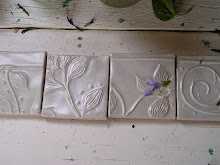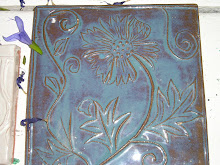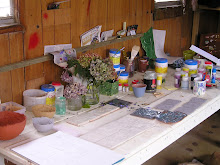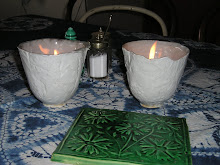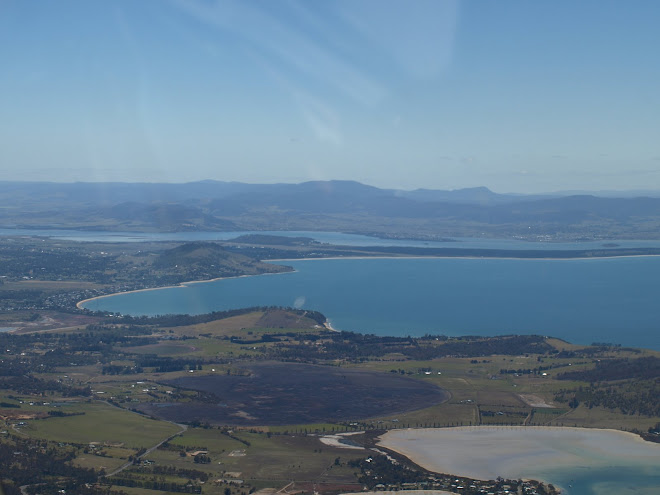Growing up in the midlands of Tasmania in the 1960's, where everybody we knew lived in old houses and most were in the process of renovating, my interest in ceramic tiles and interior design was fired at an early age.
The tiled hallway of a Georgian house at Tunbridge. The art Deco bathroom of a Great Aunt's 1920's Californian Bungalow. The intricate carving on an Edwardian chest of drawers. The great sandstone walls of early 19th century farmhouses revealed under peeling layers of William Morris type wall papers. All are etched firmly in my mind. Right down to the 1960's wallpapered toilet of a cousin's colonial farm house.
The patterns on these old wallpapers intrigued me and even today I prefer those old tiles, wallpapers and carpets to modern designs.
As I grew older I discovered who William Morris was along with other members of the Arts and Crafts movement of the 1800's. The Bloomsbury Artists Duncan Grant and Vanessa Bell and their infamous 'Charleston Farmhouse' have been another great influence on me and my work.
Today, I am still influenced heavily by William Morris and William De Morgan but also find great inspiration in the work of my sister(a silversmith) and in fabrics, gardens and the artwork of my children.









